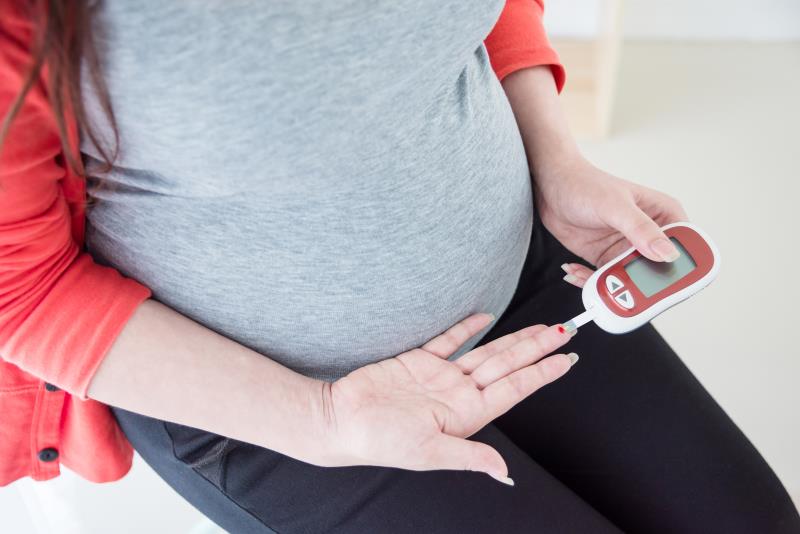
Women who conceive singleton pregnancies following assisted reproductive technology (ART) may have a higher risk of developing gestational diabetes than those who conceive spontaneously, according to results of a systematic review and meta-analysis presented at EASD 2019.
“This rigorous assessment of the best available evidence to date shows that singleton pregnancies achieved by [in vitro fertilization] are linked with an increased risk of developing gestational diabetes compared with pregnancies conceived naturally,” said study author Dr Panagiotis Anagnostis from the Aristotle University of Thessaloniki in Thessaloniki, Greece.
Anagnostis and colleagues reviewed 38 matched and unmatched cross-sectional studies (17 and 21, respectively) published between 1995 and 2019 that compared the risk of gestational diabetes in singleton pregnancies resulting from spontaneous conception or ART. Pregnancies that resulted from intrauterine insemination or ovulation induction were excluded. The study population comprised 1,934,494 women, of whom 1,870,734 became pregnant through spontaneous conception and 63,760 through ART. A total of 158,526 women with spontaneous conception and 4,766 who underwent ART were diagnosed with gestational diabetes.
Based on 37 studies, women who conceived after undergoing ART had a 53 percent higher risk of developing gestational diabetes than those who conceived spontaneously (risk ratio [RR], 1.53, 95 percent confidence interval [CI], 1.39–1.69). [EASD 2019, ePoster number 921]
The elevated risk remained regardless of whether the studies were matched (for age, height, weight, ethnicity, smoking status, and parity; RR, 1.42, 95 percent CI, 1.17–1.72) or unmatched (RR, 1.58, 95 percent CI, 1.40–1.78).
According to the American College of Obstetricians and Gynecologists (ACOG), ART and ovulation induction may be associated with a number of negative maternal and fetal outcomes including preterm births, low birth weight, small for gestational age, perinatal mortality, Caesarean delivery, and preeclampsia. [ACOG Committee Opinion number 671, September 2016, available at https://www.acog.org/-/media/Committee-Opinions/Committee-on-Obstetric-Practice/co671.pdf?dmc=1&ts=20190926T0446178081, accessed 26 September 2019]
However, prior studies comparing the risk of gestational diabetes in singleton pregnancies following ART with that of singleton pregnancies following spontaneous conception have yielded conflicting findings, said Anagnostis.
“[The results of this meta-analysis] highlight the importance of early detection of gestational diabetes in women treated with ART, that could lead to timely delivered effective interventions, avoiding pregnancy complications,” he said.
Anagnostis also pointed out that the mechanism behind the elevated risk of gestational diabetes following ART remains to be identified. “The exact mechanism is unclear, and whether this risk is due to the medical intervention or the underlying infertility status of the couples undergoing assisted reproduction, is not yet fully understood and requires further research,” he said, acknowledging that the observational design of the studies included in the meta-analysis bars conclusions being made on causality.